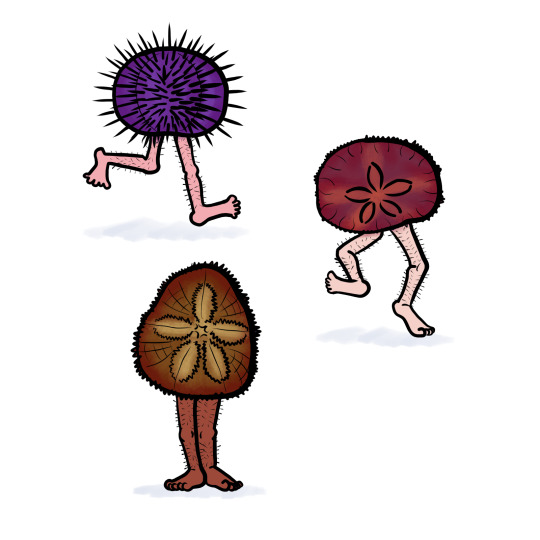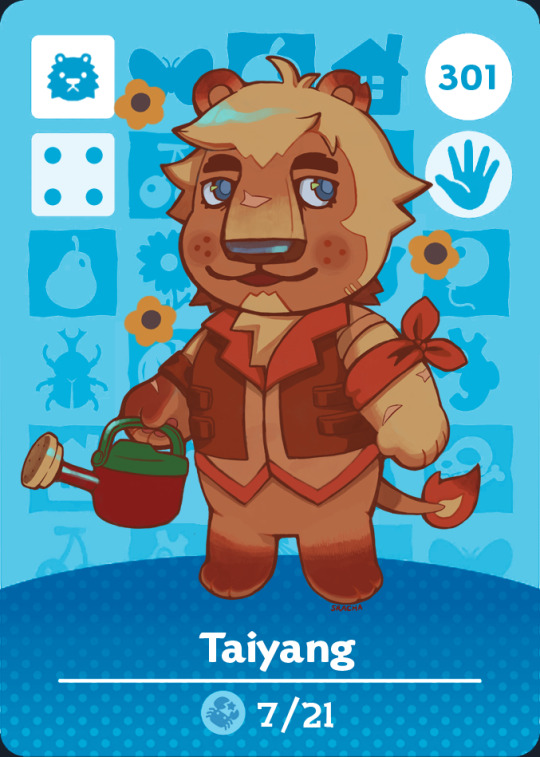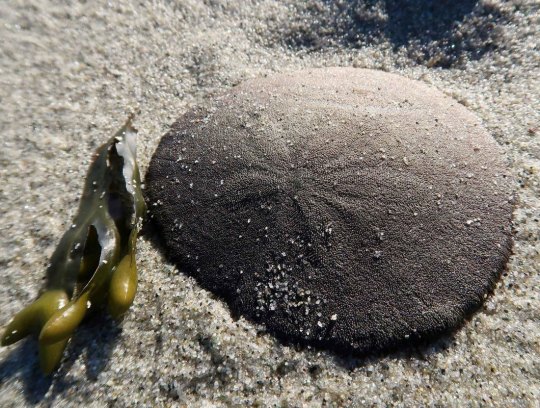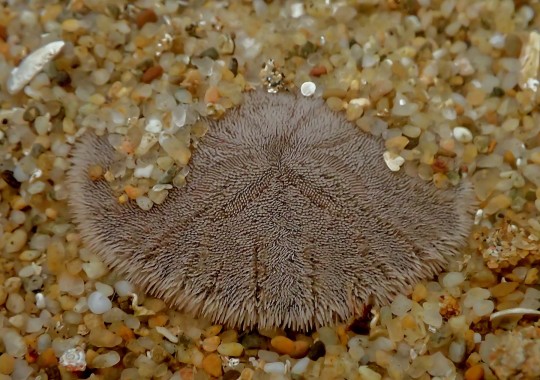#sand dollar!
Text
Today is Wet Beast Wednesday!
Today’s wet beast is: Sand Dollar


Olive’s Wet Beast Fact: Contrary to popular belief, Sand Dollars aren’t a seashell, snail, or crustacean! They are a type of fucking Sea Urchin. Can you believe that shit?
Stay tuned for more Wet Beast Wednesdays!
#sand dollar#wet beast wednesday#sea urchin#sea shells#fish#marine biology#aquarium#deep sea#oceanposting#sea creatures#ocean#echinoderm#wet beast#science#marine life#sea life#meme#funny#sand dollars
1K notes
·
View notes
Text

a bunch of funky ocean friends
terfs fuck off
made in 2022
#oarfish#stingray#flying fish#upside down jellyfish#jellyfish#starfish#sand dollar#sea creature art#sea creatures#ocean art#ocean animals#nature art#animal art#block print#block printing#linoprint#linocut print#linocarving#linocut#printmaker#printmaking#artists on tumblr#traditional art#traditional printing#traditional printmaking#original art#lesbian artist#butch artist#trans artist#marine biology
410 notes
·
View notes
Text
Poseidon: *watches Percy try to shove his sand dollar in a vending machine for a 2$ snack from Atlantis*
Poseidon:
Poseidon: I love you, but Percy. My beloved favorite child. What are you doing?
Percy, grumbling to himself: You couldn't have given me instructions any more vague?
Percy: "You'll know when to use it," what the fuck is that even supposed to mean. I'm hungry and I forgot my lunch money! You're my father you're suppose to feed me!
#pjo#incorrect quotes#percy jackson#poseidon#sand dollar#poseidon & percy#good father poseidon#hungry percy#seafam
416 notes
·
View notes
Text

tartar on babysitting duty...
#doodles#splatoon#was payed 5 squid dollars by a beloved friend to draw this image :]#oh yeah this is also the first time ive shown my self indulgent humanoid tartar design.. and hes in a hawaiian shirt & eating sand.. awesom
164 notes
·
View notes
Text

Out there, somewhere
or: hey BB-8, ya like sand?
(no reposts; reblogs appreciated)
#my art#artists on tumblr#digital art#fanart#star wars#rey skywalker#bb8#star wars sequel trilogy#i’d love to see the night sky from the desert one day#the light pollution isnt too bad here#but the first time i saw a shooting star i thought it was a plane about to crash#anyway it was like magic#i like to think rey spent her nights on jakku stargazing#maybe imagining which star her parents were on…#MILLION DOLLAR QUESTION: DOES REY LIKE SAND#oh my god does bb8 like sand#guys bb8 is the best and also an absolute baby#*lighter thumbs up*
736 notes
·
View notes
Text
Nico: Why is Percy crying?
Annabeth: He took one of those “Which greek God’s child am I” quizzes.
Nico: And?
Annabeth: He got Zeus.
#percy jackson#pjo hoo toa#percy jackson heroes of olympus#pjo hoo#canon percy#percabeth#nico di angelo#annabeth chase#zeus is a dick#wouldnt want him as my dad either#what a dick#at leats poseidon gave him a sand dollar
113 notes
·
View notes
Text






#self#mine#burntpink#sand dollar#beach#water#landscape#seascape#summer#tropical#bikini#beachwear#brasil#brasilcore#brazil#brazilcore#🇧🇷#brasil aesthetic#brazil aesthetic#beach aesthetic#tropical aesthetic#summer aesthetic#mermaid#mermaidcore
89 notes
·
View notes
Text
Fit check 😝✌️

#minecraft story mode#mcsm#mcsm nurm#nurm mcsm#minecraft villager#The pre-comicon costest#Dublin comic con if your curious#OOOOOH UM GOBBA SCREEN IF ANY MCSM FABS ARE THETE#Any Irish nurm fans? Anyone? ☹️🙏🙏#Was scared the mask would rip my earrings out but nope!#They're fine#OUGH they stopped bleeding too#AND I JUST GOT NEW TITANIUM EARINGS THAT ARE LITTLE STARS#TWO PAURS FOR MY OTHER PIERCINGS#SO LIKE. LITTLE BLACK STARS AND LITTLE PINK SAND DOLLAR LOOKING THUNGS#I AM LIVING#I have a second full body pic that my mum took I was gonna post instead cause it's this but with fluffy neon pink Barbie socks#If I take more pics tmr I will post them!!!
52 notes
·
View notes
Text



here’s soooome fish 👍 🐟
#.jpg#jrwi#jrwi riptide#gillion tidestrider#jrwi chip#remembered that time chip used the bandana to make himself look like a triton#and then committed a microaggression#that was kinda funny#he has sand dollars (in the completely wrong colour) in his hair <3 he painted them ig idk#anyways this was me redrawing all the crap csp deleted#the original sea bunny gill looked better but i do think i like the other two more than their originals
172 notes
·
View notes
Text

Alternative Mermay #9: Echinoderms with legs
260 notes
·
View notes
Photo




does anyone know where i can buy these amiibo cards
#rwby#strq#summer rose#qrow branwen#taiyang xiao long#raven branwen#it is wednesday or as i like to call it. woowoo summer saturday!!!#ive had these for a while and just remembered to update summer's outfit lol#summer's bday is the 'are you stupid' incedent but it worked so well with what i already had in mind for her i just kept it.#i gave up with tai's birthday he should probably be a leo. idc#summer and her three stooges (water signs)#anyways we haveeee#uchi summer. lazy tai. cranky twins or one of them can be smug idk#summer with the best decorated house. also cuts down all your trees <3 no one minds#tai very friendly beach comber loves to show you his sand dollars and all his rows of flowers that summer helps him with :((((#raven that wont ever move out of a tent unless summer is on the same island so she can yell at her for it (the tent is ugly)#btw wolves and ravens irl have a hunting relationship..you could say they are..partners..blinks really loudly#okay i goinggg i going
262 notes
·
View notes
Photo



Another Day, Another Pacific Sand Dollar
The eccentric sand dollar, aka the sea-cake, biscuit-urchin, western sand dollar, or Pacific sand dollar (Dendraster excentricus), are found in the intertidal zone and near-shore sandy bottoms from Alaska, US to Baja California, Mexico.They are the only sand dollars endemic to the Pacific Northwest, though they share the rest of their range with other species. Live individuals are seen either partially buried upright or lying flat on the ocean floor, depending on the strength of the current. To prevent themselves from being swept away, juveniles will also ingest sand to weigh themselves down. Although they are not social, they can form large colonies with as many as 6 sand dollars in a square m (1 sq yd).
Pacific sand dollars are named for their resemblance to silver dollars, especially the bleached exoskeletons that commonly wash up on beaches. Most adults average about 8 cm (3 in) across, though individuals as big as 10 cm (4 in) have been found. The body is a flat disc coated in small, purple tube-like feet and sensory organelles called cilia. The feet are used both for moving across the ocean floor and for pulling oxygen from the water. The mouth and anus-- a single opening-- are located on the sand dollar’s underside. Inside the mouth are five teeth and jaw plates known as doves; together they form a structure known as Aristotle’s lantern, which is unique to echinoderms like sand dollars and sea stars.
D. excentricus is a suspension feeder, using its feet and cilia to pull food from the water or direct it along special groves on the body’s underside. Their main prey are microscopic larvae, copepods, diatoms, algae, plankton, and detritus. The sea-cake is predated upon by a number of sea stars and fish, as well as crabs and sea gulls. To avoid being eaten, adults bury themselves in the sand and larvae will duplicate themselves via a process known as budding and fission, which creates smaller individuals that can distract potential predators.
Although western sand dollars have seperate sexes, they are broadcast spawners. In late spring or early summer, males and females congregate and release gametes into the water where they become fertilized. Larvae, also known as prisms, hatch just a day later. This larvae floats freely through the water, growing arms and metamorphosing into a echinopluteus larva. Once they reach 8 arms, the larva begins to develop an exoskeleton or echinus, and resembles a small adult. The final stage of growth is triggered by chemical cues released by other adults; after this, individuals become sexually mature and settle on the ocean with other sand dollars. In the wild, adults can live up to 13 years.
Conservation status: Although the IUCN has not evaluated the Pacific sand dollar, they are regularly threatened by ocean acidification, warming, and bottom trawling.
If you like what I do, consider leaving a tip or buying me a ko-fi!
Photos
Chan Siuman
Brian Starzomski
Alison J. Gong
#pacific sand dollar#Clypeasteroida#Dendrasteridae#sand dollars#echinoderms#invertebrates#marine fauna#marine invertebrates#benthic fauna#benthic invertebrates#intertidal zone#intertidal invertebrates#coasts#coastal invertebrates#Pacific Ocean#North America#western north america
376 notes
·
View notes
Text


Today's shells 🥟🩷 I found 2 sand dollars 😍 I feel Lucky when I find them🙌✨️
#shell#sea shells#shells#shell plc#seashore#sea shell#seashell#sand dollar#lucky#beach#beach aesthetic#sand dollars#ocean vibes#good vibes#oceanside#sea treasures#treasure#treasures#nature aesthetic#nature vibes#ocean aesthetic#my photos#my photography#my post#my pics#my pictures
107 notes
·
View notes
Photo

~ White on White ~
41 notes
·
View notes
Text

my favorite episode of A Crown of Candy? obviously the beach episode
#dimension 20#acoc#a crown of candy#theobald gumbar#sometimes during dnd u gotta paint a gummy bear on a graham cracker dust seltzer beach with candyfloss grass and peppermint sand dollars
37 notes
·
View notes



